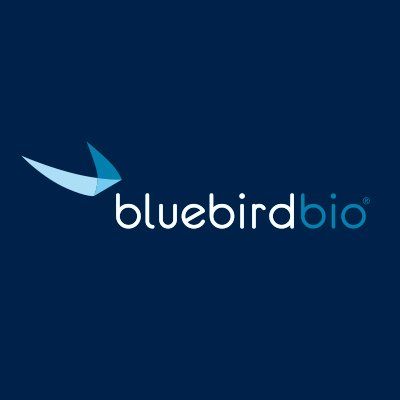Mines D`or Orbec Inc

🇺🇸United States
- Country
- 🇺🇸United States
- Ownership
- Public
- Established
- 1993-01-01
- Employees
- 375
- Market Cap
- $121.4M
- Website
- http://www.bluebirdbio.com
- Introduction
bluebird bio, Inc. is a clinical-stage biotechnology company, which engages in researching, developing and commercializing potentially transformative gene therapies for severe genetic diseases. It also offers ZYNTEGLO or beti-cel and SKYSONA or eli-cel gene therapies. The company was founded by Philippe Leboulch and Ronald C. Dorazio on April 16, 1992 and is headquartered in Somerville, MA.
Global Orphan Drugs Market with Market Share, Growth, Trends Analysis by 2024-2032
The Orphan Drugs Market is projected to grow from USD 225.9 Billion in 2023 to USD 493.21 Billion by 2031, driven by rising prevalence of rare diseases, unmet medical needs, favorable regulatory policies, technological advancements, and growing public and patient advocacy. Key challenges include high R&D costs, limited patient populations, pricing and reimbursement issues, and lack of long-term data. Trends include focus on gene therapies, personalized medicine, stakeholder collaboration, and expansion into emerging markets. North America leads the market, followed by Europe and Asia Pacific.
Start Thinking About Obe-Cel PDUFA -- And The (Baby) Bull Case
Autolus Therapeutics' obe-cel, an autologous CAR-T cell therapy for relapsed/refractory adult B-cell Acute Lymphoblastic Leukemia, awaits FDA approval on November 16, 2024. The therapy targets CD-19 and has shown a 78% ORR in the FELIX study, with potential peak revenues of ~$300m. Despite a 25% share price drop, Autolus holds $700m in cash and has partnerships with BioNTech, Moderna, and Bristol Myers Squibb, positioning it for future growth.
Bluebird Hit With Slow Uptake of Sickle Cell, Beta Gene Therapies
Bluebird bio faces challenges with patient uptake for its gene therapies, including Lyfgenia and Skysona, despite approvals. With underwhelming starts, shares dropped 22%, leading to renegotiated loan terms. Optimistic, bluebird aims for 85 patient starts by year-end, amidst competitive pressures and financial adjustments.
FDA gave its nod to 55 new drugs in 2023
In 2023, the FDA approved 55 new molecular entities, a significant increase from 37 in 2022, with 56% being small-molecule therapies. Notable approvals included Eisai and Biogen’s Leqembi for Alzheimer’s, and the first CRISPR-based treatment, Casgevy, for sickle cell disease.
Clarivate Identifies Thirteen Potential Blockbuster Drugs
Clarivate's 2024 Drugs to Watch report highlights 13 new therapeutics expected to achieve blockbuster status by 2029, targeting conditions like sickle cell disease, RSV, and breast cancer. It also notes the growing chronic disease market in China and the impact of new technologies like CRISPR-Cas9 and AI in drug development.
Sickle Cell Disease Market Size, Growth, Trends, Report 2032
The Sickle Cell Disease Market, valued at 3.54 USD Billion in 2022, is projected to grow to 12.56 USD Billion by 2032, with a CAGR of 13.5%. Growth is driven by rising prevalence, advancements in gene therapy, and increased awareness. Key trends include precision medicine, digital health technologies, and patient-centered care, with significant opportunities in gene editing and targeted therapies.
Sickle Cell Disease Treatment Market Worth $4.69 Billion
The global sickle cell disease (SCD) treatment market is projected to grow at a CAGR of 19.1% from 2022 to 2030, reaching $4.69 billion. SCD, a common inherited blood disorder, can be detected pre-birth and treated via bone marrow transplants, though donor compatibility is a challenge. Key players like Novartis AG and Pfizer Inc. are expanding their market presence, with recent FDA approvals and acquisitions enhancing treatment options. North America leads the market, with significant growth also expected in Asia Pacific. The development of new drugs and vaccines, alongside public-private partnerships, is driving market expansion.
Sickle Cell Disease Treatment Market to hit US$ 8.28 Billion by 2030
The global sickle cell disease treatment market is projected to reach US$ 8.28 billion by 2030, growing at a CAGR of 15.3%. Growth drivers include rising disease incidence, increased healthcare spending, government funding, awareness campaigns, higher disposable incomes, and more blood-related illnesses. The market is segmented by treatment type, end user, and region, with pharmacotherapy expected to dominate due to a strong drug pipeline, despite blood transfusion currently leading.
© Copyright 2025. All Rights Reserved by MedPath
